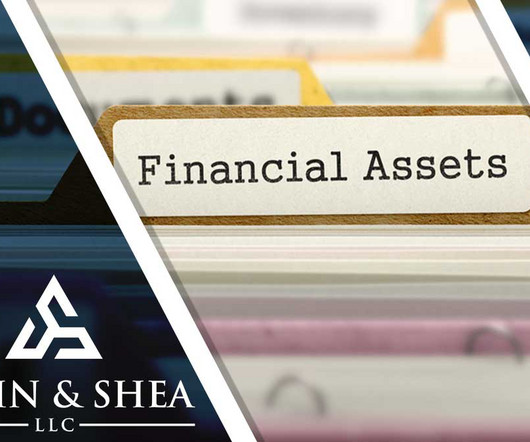What Happens to My Personal Loan After Bankruptcy?
Sawin & Shea
OCTOBER 26, 2022
In order to plan out your financial future, you need to understand the difference between secured and unsecured loans. Unsecured loans are loans that don’t have collateral. Common unsecured loans include: Bank loans with no collateral. The most common types of secured personal loans are vehicle loans and home mortgages.












Let's personalize your content